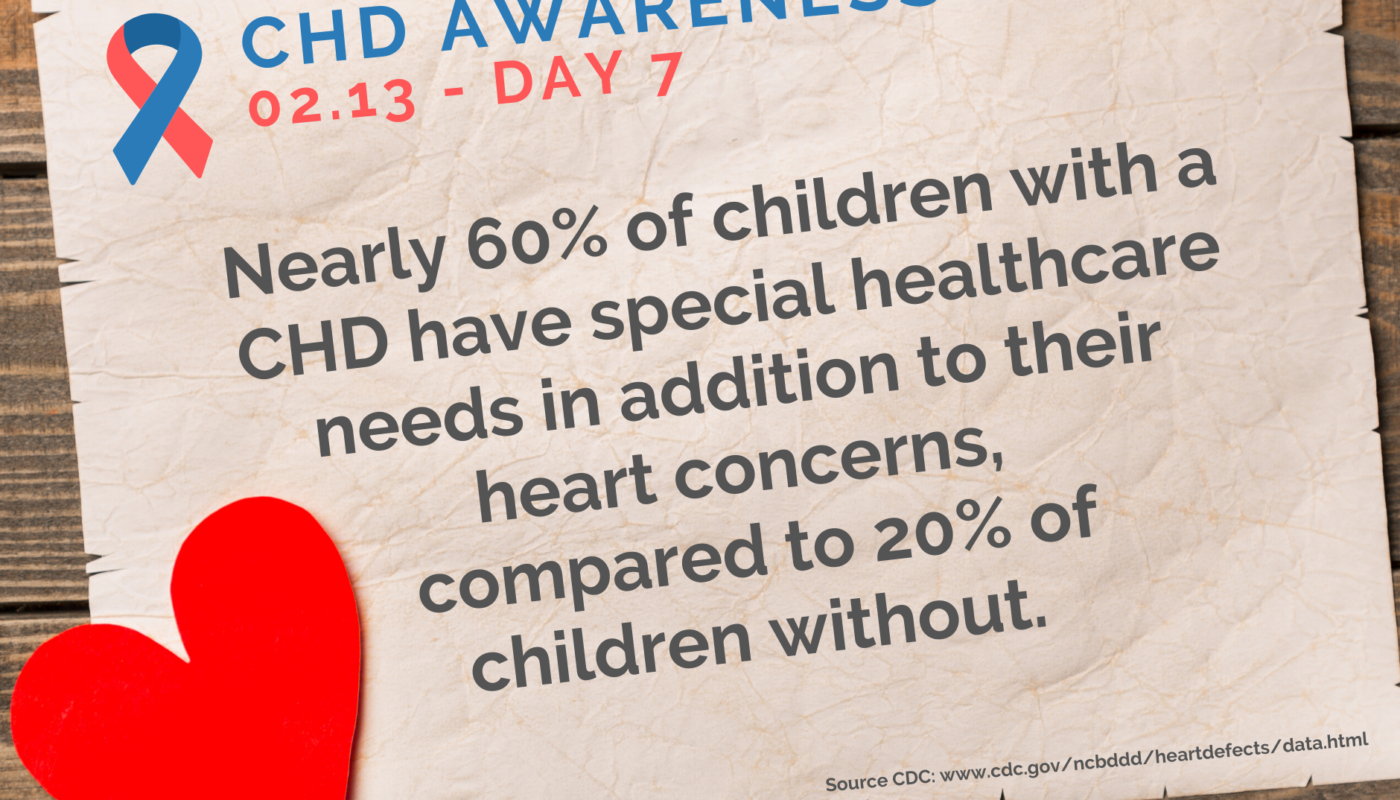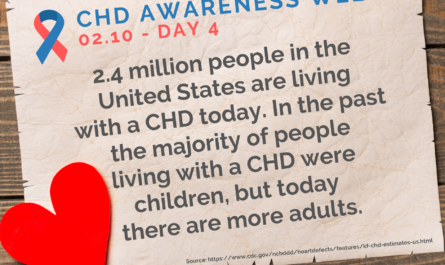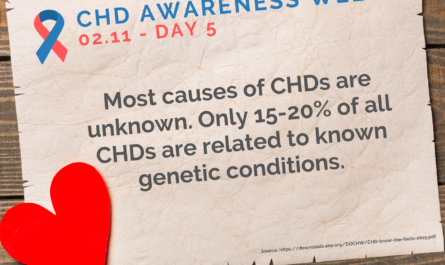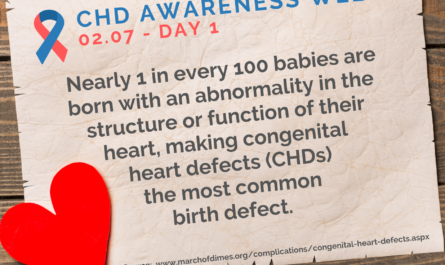Nearly 60% of children with a CHD have special healthcare needs in addition to their heart concerns, compared to 20% of children without.
Source CDC
One of the things I took for granted before AJ was how interconnected everything in our bodies are, and how making adjustments to the “plumbing” of the body can impact other pieces.
Liver complications are common for those who have CHDs, which can be due to changes in circulation or side effects of medications. For those with HLHS like AJ — there have been recent studies that show that all patients who have had their third open heart surgery for HLHS (the Fontan) had some degree of liver fibrosis.
The lungs often are picking up some of the workload for circulation in some children with CHDs. This can lead to things like pulmonary hypertension (high blood pressure in the lungs, which AJ has) and plastic bronchitis (where lymphatic fluid floods into the lungs and forms what look like plastic trees, or casts of the airway that are coughed up).
Fact is that changing the way your circulatory system works can definitely impact the rest of your body.
AJ’s stroke is also another good example of a secondary health problem. A blood clot had formed and was hanging out in his body as a result of a central line. It made its way into his heart, and despite best efforts broke itself free and ended up in his brain. Thankfully it happened when he was young. Most people can’t tell that he has left sided weakness and less control and coordination, but it is something that he still has to work on regularly.
Before AJ I also never really thought about side effects from surgeries or intubation.
After his first open heart surgery he developed chylothorax – which is a collection of lymph fluid between the lung and the chest wall. Because of this he had to go without food for a period of time and then was introduced to a special formula, before ultimately being able to move on to skimmed breast milk.
AJs airway issues and need for a trach were due to trauma — that doesn’t necessarily mean someone hurt him inserting or removing it, he could have just as easily caused the damage when he was fighting medications and being more mobile than he should have been, or it may have happened on any of his multiple transports. Fact is that having to be intubated comes with risks itself.
With people with CHDs now living longer, some of the downstream or longer term health issues are still being discovered and researched, another reason why funding into CHD research is so important to heart families like ours.




